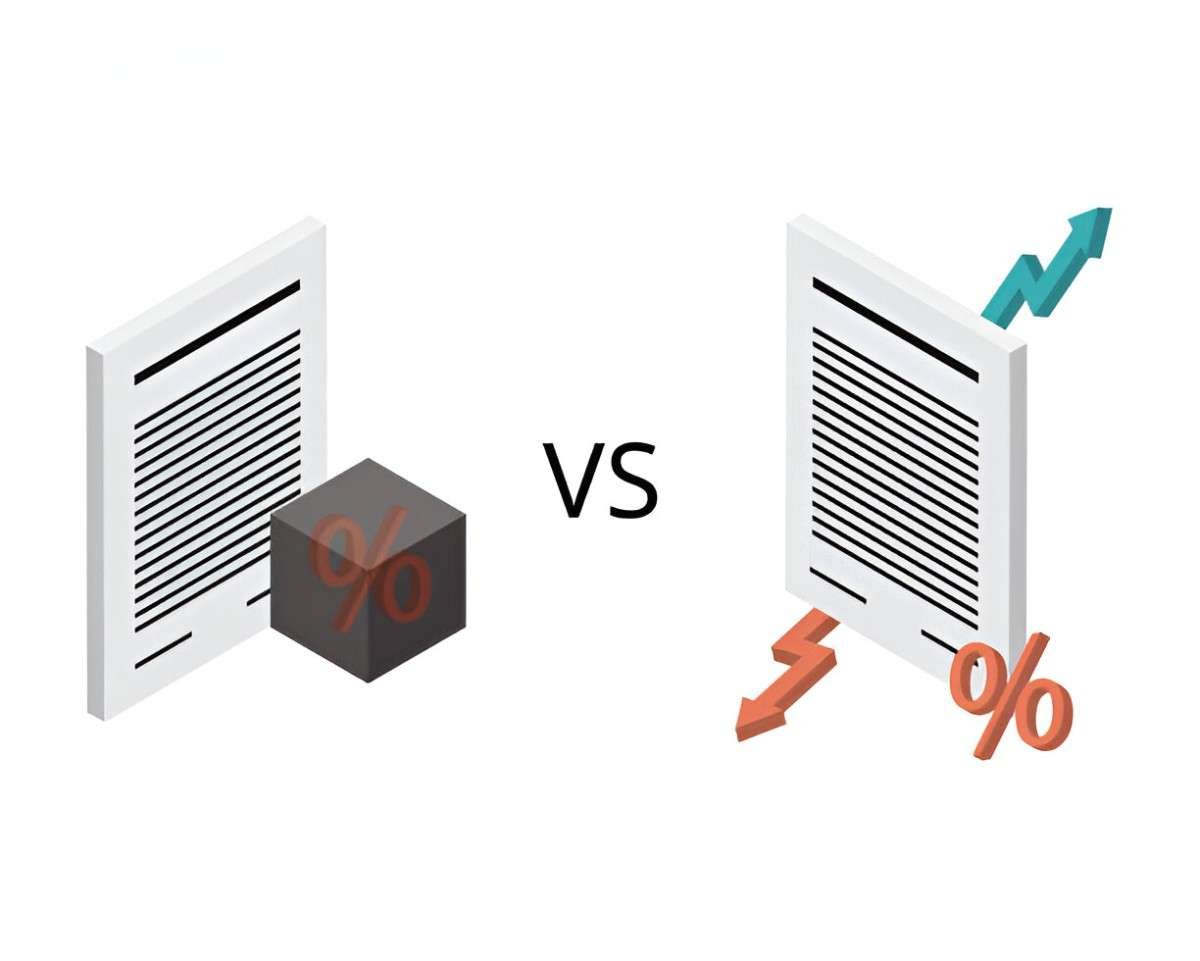Introduction
When evaluating investment performance, I must distinguish between nominal and real returns. Many investors focus on nominal returns without considering the eroding effects of inflation. However, failing to account for inflation can lead to misleading conclusions about an investment’s true profitability. In this article, I will delve into the theory behind nominal and real returns, discuss their practical implications, and demonstrate their differences through mathematical expressions and real-world examples.
Table of Contents
Understanding Nominal Returns
A nominal return is the percentage gain or loss on an investment without adjusting for inflation. It represents the raw return, reflecting only the change in the value of an asset over time.
The formula for nominal return is:
R_n = \frac{P_1 - P_0 + D}{P_0} \times 100 %Where:
- R_n = Nominal return
- P_0 = Initial investment price
- P_1 = Final investment price
- D = Dividends or income received during the investment period
For example, if I invest $1,000 in a stock and its value increases to $1,100 over a year while paying a $20 dividend, the nominal return is:
R_n = \frac{1100 - 1000 + 20}{1000} \times 100 % = 12 %This means the investment appears to have grown by 12% before accounting for inflation.
Understanding Real Returns
Real return accounts for the effects of inflation, providing a more accurate measure of an investment’s purchasing power growth. The real return formula is derived from the Fisher equation:
R_r = \frac{1 + R_n}{1 + i} - 1Where:
- R_r = Real return
- R_n = Nominal return
- i = Inflation rate
Using the previous example, if the inflation rate is 4%, the real return is calculated as:
R_r = \frac{1 + 0.12}{1 + 0.04} - 1 = \frac{1.12}{1.04} - 1 \approx 7.69 %This means that while the investment nominally grew by 12%, its actual increase in purchasing power was only about 7.69% due to inflation.
Comparing Nominal and Real Returns
To illustrate how inflation impacts investment performance, I’ve prepared the following table:
| Year | Nominal Return (%) | Inflation Rate (%) | Real Return (%) |
|---|---|---|---|
| 2020 | 10 | 2 | 7.84 |
| 2021 | 8 | 3 | 4.85 |
| 2022 | 12 | 6 | 5.66 |
| 2023 | 15 | 8 | 6.48 |
From this, I can see that even when nominal returns appear strong, high inflation erodes real gains, making it essential to evaluate investment performance in real terms.
The Importance of Real Returns in Investment Decisions
Focusing solely on nominal returns can lead to poor financial decisions. For instance, if a savings account offers a 5% interest rate but inflation runs at 6%, the purchasing power of my savings actually decreases over time. Real returns help me assess whether an investment genuinely enhances my wealth.
Additionally, real returns are crucial for retirement planning. If I aim for a retirement portfolio that sustains a 4% annual withdrawal rate, I must ensure my investments yield real returns above this rate to preserve purchasing power.
Strategies to Preserve Real Returns
Given the impact of inflation, I employ various strategies to preserve and maximize real returns:
- Invest in Inflation-Protected Assets: Treasury Inflation-Protected Securities (TIPS) and real estate often provide better protection against inflation than fixed-income securities.
- Diversify Investments: Holding a mix of stocks, bonds, and commodities helps balance risks and hedge against inflation.
- Consider Dividend-Growth Stocks: Stocks with strong dividend growth tend to outpace inflation over time.
- Monitor Inflation Trends: Staying informed about economic indicators allows me to adjust my investment strategy accordingly.
Conclusion
Understanding the difference between nominal and real returns is fundamental to sound investing. While nominal returns provide a surface-level measure of performance, real returns reveal the true impact on my purchasing power. By considering inflation-adjusted returns, I can make better investment decisions, ensuring my wealth grows meaningfully over time. Ignoring real returns can lead to financial miscalculations and diminished purchasing power, making it essential to factor in inflation when evaluating any investment’s performance.





